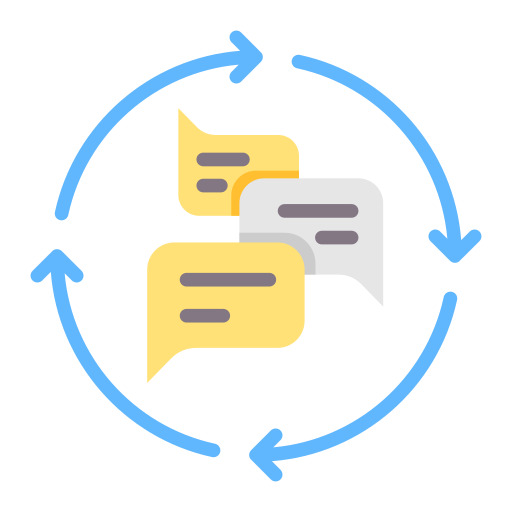By: Cal Stock
Overview
This comprehensive guide reveals how to successfully implement Salesforce Agentforce with a focus on building a foundation that maximizes value and ensures lasting success—not just initial setup. The approach emphasizes strategic planning, purposeful configuration, and ongoing optimization to create AI-powered workflows that truly transform how teams work.
Key Takeaways
- Strategic Foundation: A well-defined roadmap ensures smooth implementation by aligning technology with real business goals
- User-Centric Approach: Early engagement, hands-on training, and ongoing support are critical for successful adoption
- Continuous Evolution: Regular monitoring and optimization keep the system effective and scalable as business needs evolve
The Five-Step Implementation Framework
Step “Zero”: Assess Your Current State — Data Quality First
Before diving into configuration, establish a solid foundation:
- Evaluate data quality and compliance to ensure AI effectiveness
- Align with internal AI policies and governance requirements
- Don’t skip security checks — assess whether to use Salesforce-native AI, integrate with private LLMs, or implement custom grounding strategies
- Remember: “Junk in, junk out” — Agentforce is only as good as your data
Step One: Define Your Objectives
Focus on Agentforce’s core strengths in tasks requiring context, complexity, and cognition:
- Synthesize data across multiple Salesforce objects and records
- Summarize complex information into actionable insights
- Enable natural language interactions and commands
- Provide intelligent, context-aware recommendations
- Align with measurable KPIs for adoption, satisfaction, and efficiency
- Think about triage, insights, and next best actions
Step Two: Configure with Purpose
Set up Agentforce with intention and future scalability in mind:
- Ground in real data by validating key Salesforce objects and fields
- Tailor prompts by team to reflect business context and voice
- Structure your knowledge base for dynamic reference to policies and documentation
- Set clear automation guardrails defining when AI acts autonomously vs. requiring human oversight
Step Three: Deploy with Discipline
Move with confidence using proven deployment practices:
- Package topics, flows, and prompts as complete solutions
- Test with real data in realistic scenarios across all environments
- Use DevOps for scale with automated, repeatable deployment processes
- Follow the progression: Sandbox → QA → Production
Step Four: Train Your Team
Prepare people for AI-enhanced workflows:
- Role-specific simulations that mirror daily tasks
- Champion-led adoption with superusers modeling best practices
- Trust through transparency — help users understand how grounded responses are generated
- Focus on future-state workflows that free users for higher-value work
- Provide embedded learning tools and just-in-time support
Step Five: Optimize with Intention
Continuously refine for sustained value:
- Track impact, not just usage with meaningful KPIs
- Tune based on user feedback to eliminate friction points
- Realign as workflows evolve to maintain relevance
- Use insights to expand automation and improve decision-making

What Makes Agentforce Powerful
Agentforce excels at touchpoints requiring:
- Data synthesis across complex Salesforce environments
- Natural language processing for intuitive user interactions
- Context-aware automation that understands business nuances
- Intelligent recommendations based on real-time CRM activity
Expert Implementation Support
Vectr Solutions specializes in Agentforce implementations that are:
- Expert-led with proven Salesforce best practices
- Configured for your workflows and business context
- Built for adoption and scale with long-term success in mind
